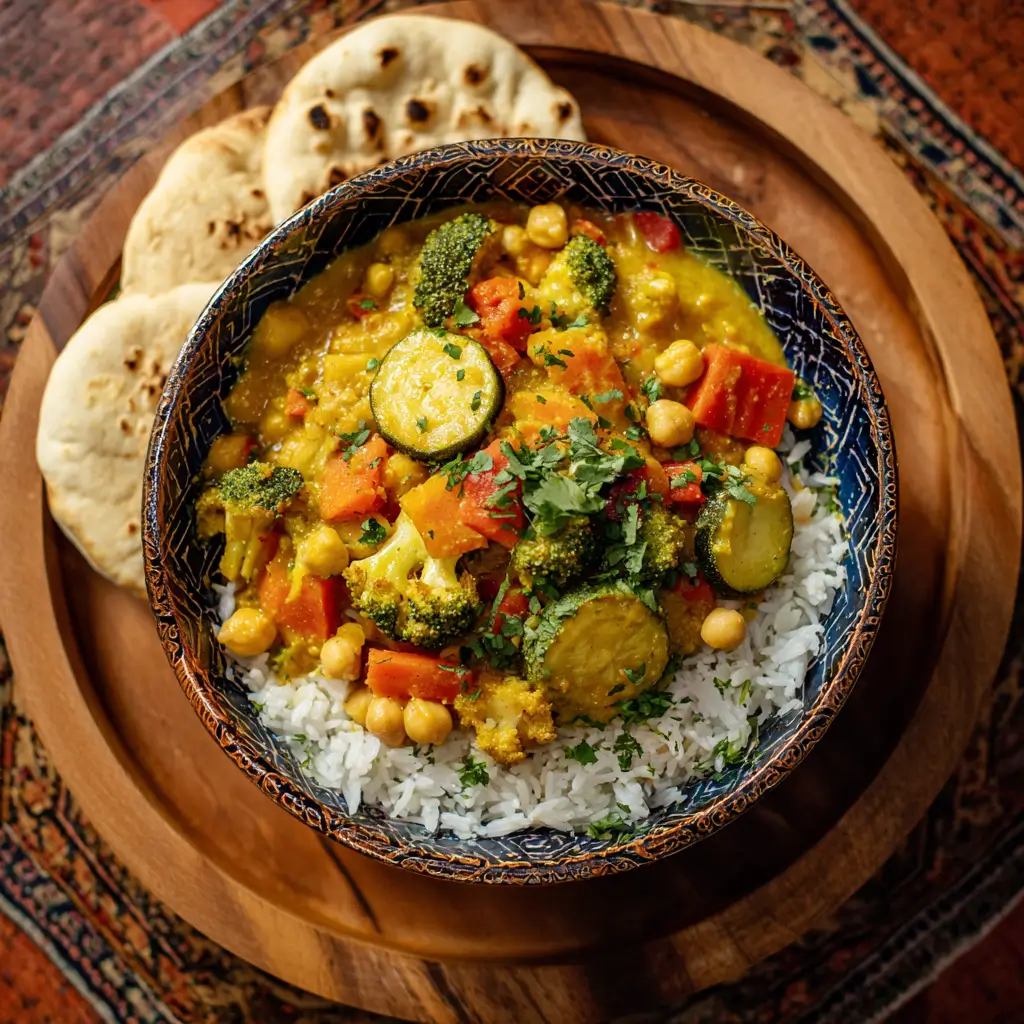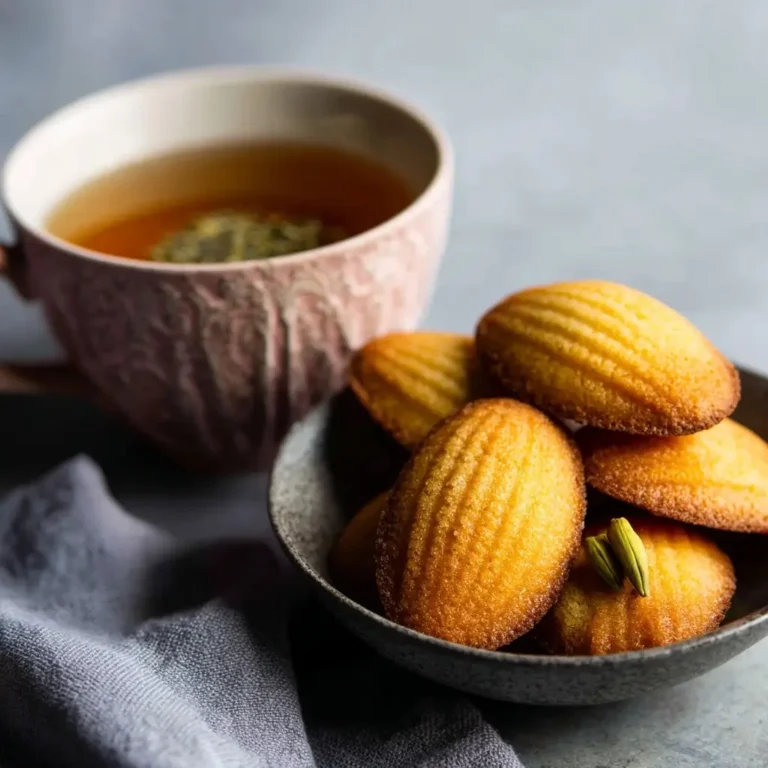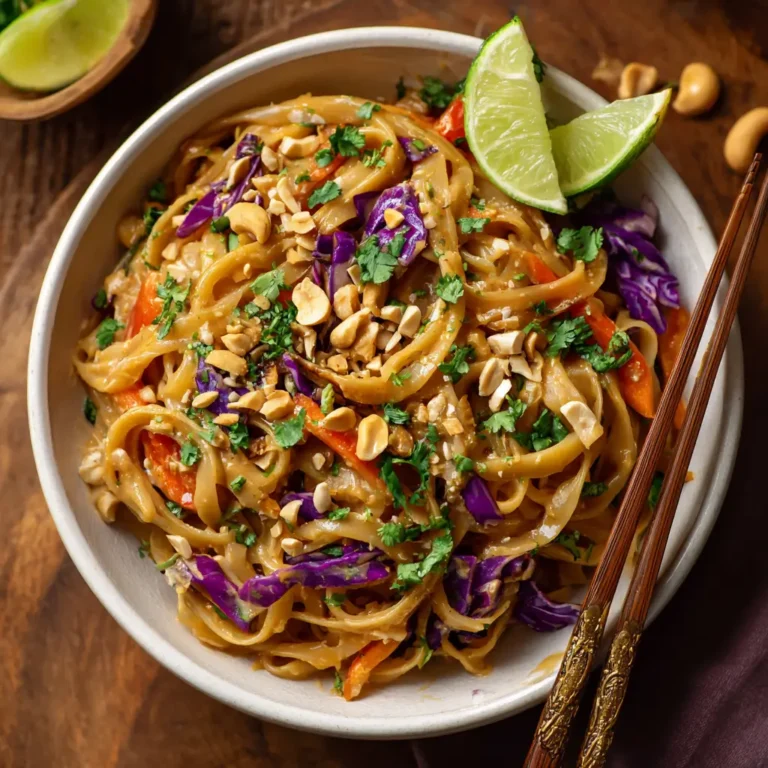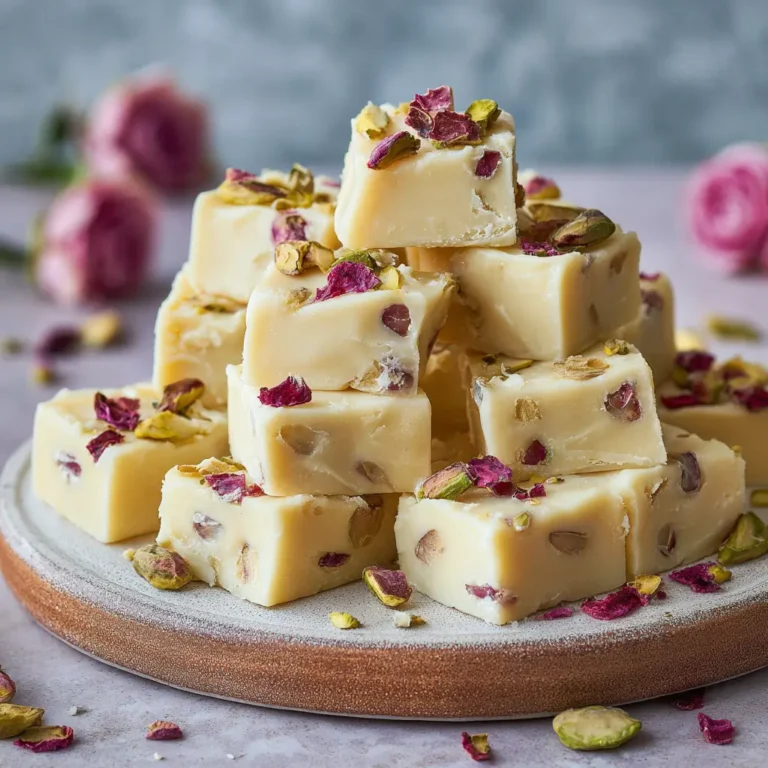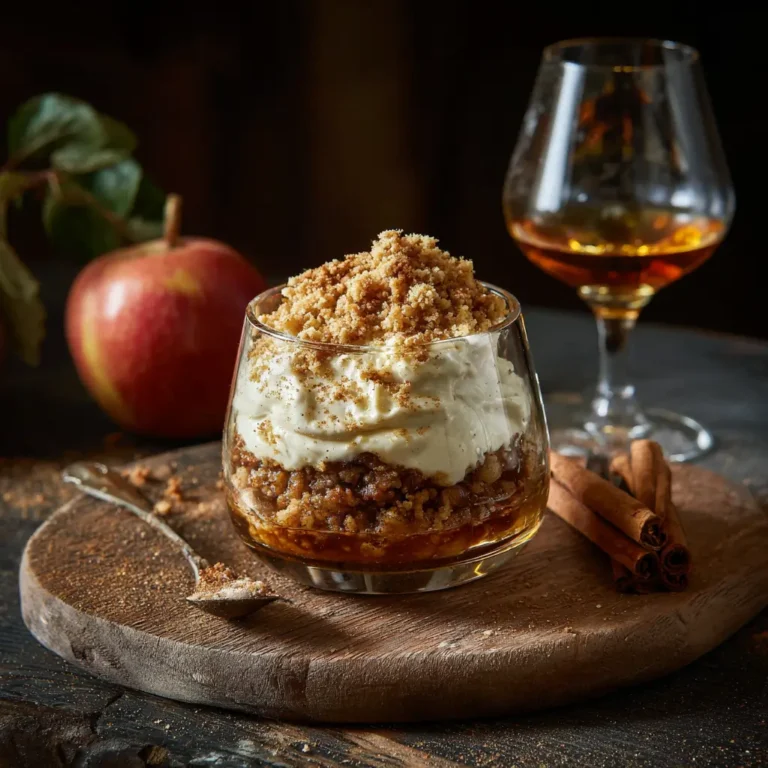Vegetable‑Chickpea Korma
Introduction
Vegetable-Chickpea Korma is a rich, creamy, and aromatic dish that brings together the wholesome goodness of vegetables and protein-packed chickpeas in a luxuriously spiced coconut-milk-based sauce. Rooted deeply in Indian culinary tradition yet embraced globally for its balanced flavors and nourishing qualities, this korma offers a harmonious blend of mild heat, sweetness, tang, and earthiness. Whether you’re a seasoned lover of Indian cuisine or exploring plant-based meals for the first time, Vegetable-Chickpea Korma stands out as a comforting, satisfying meal perfect for weeknight dinners, festive occasions, or meal prepping. Its versatility allows it to be served with basmati rice, naan, roti, or even quinoa for a modern twist. In this comprehensive guide, we’ll take you through every aspect of creating an authentic and delicious Vegetable-Chickpea Korma—from its historical roots to detailed preparation steps, health benefits, variations, and more.
The History
The word “korma” originates from the Urdu term qorma, meaning “to braise” or “to cook slowly on low heat.” This cooking technique dates back to the Mughal Empire (1526–1857), a period renowned for its opulent courts and sophisticated cuisine. Korma was originally prepared in royal kitchens using tender meats—such as lamb, chicken, or goat—that were gently braised in yogurt, cream, nuts, and aromatic spices. Over centuries, regional adaptations transformed korma into various forms across South Asia, the Middle East, and later, the United Kingdom and other Western countries due to Indian diaspora influences.
In modern times, vegetarian and vegan versions of korma have gained immense popularity, especially among health-conscious individuals and those following plant-based diets. The Vegetable-Chickpea Korma we know today reflects this evolution—retaining the creamy texture and complex flavor profile of traditional korma while replacing animal products with nutrient-dense legumes and vegetables. Chickpeas, native to the Mediterranean and South Asia, have long been staples in Indian cooking, making them a natural addition to this dish. Today’s version often uses coconut milk instead of dairy cream, catering to lactose-intolerant and vegan eaters without sacrificing richness. Thus, Vegetable-Chickpea Korma represents both a tribute to imperial Indian gastronomy and a celebration of contemporary global food culture.
Ingredients Breakdown
The magic of Vegetable-Chickpea Korma lies in the synergy of fresh produce, fragrant spices, and creamy bases. Each ingredient plays a vital role in building layers of flavor and texture:
- Chickpeas (Garbanzo Beans): Canned or cooked dried chickpeas provide plant-based protein and fiber. They hold their shape well during cooking and absorb the sauce beautifully.
- Assorted Vegetables: Common choices include carrots, potatoes, bell peppers, cauliflower, green beans, peas, and spinach. These add color, nutrients, and textural contrast.
- Onion, Garlic, and Ginger: The holy trinity of Indian cooking. Sautéed until golden, they form the flavor base of the korma.
- Coconut Milk: Full-fat canned coconut milk adds creaminess and subtle sweetness, replacing traditional cream or yogurt in vegan versions.
- Tomatoes or Tomato Paste: Adds slight acidity and depth, helping balance the richness of the coconut milk.
- Spices: Ground coriander, cumin, turmeric, garam masala, and a pinch of chili powder or cayenne lend warmth, color, and complexity. Whole spices like cinnamon stick, cardamom pods, cloves, and bay leaves can be used for infusion.
- Nut or Seed Paste: Traditionally, ground almonds, cashews, or poppy seeds thicken the sauce and enhance richness. For nut-free versions, sunflower seed or tahini paste works well.
- Fresh Herbs: Cilantro (coriander leaves) is typically used for garnish, adding brightness at the end.
- Cooking Oil: Neutral oils like avocado, sunflower, or coconut oil are ideal for sautéing.
- Sweeteners (optional): A small amount of sugar or jaggery may be added to balance acidity, though this depends on personal taste and the sweetness of the coconut milk.
- Lime Juice (optional): A splash at the end enhances freshness and lifts the overall flavor.
This thoughtful combination ensures a dish that is not only flavorful but also nutritionally balanced and satisfying.
Step-by-Step Recipe
- Prepare Ingredients: Drain and rinse chickpeas. Chop all vegetables into bite-sized pieces. Mince garlic, grate ginger, and finely dice onions.
- Sauté Aromatics: Heat 2–3 tablespoons of oil in a large heavy-bottomed pot or Dutch oven over medium heat. Add 1 teaspoon of cumin seeds (optional) and let them sizzle for 10 seconds. Then add 1 large chopped onion and sauté for 5–7 minutes until soft and golden brown.
- Add Ginger-Garlic Paste: Stir in 1 tablespoon grated ginger and 4 minced garlic cloves. Cook for another 1–2 minutes until fragrant.
- Bloom the Spices: Reduce heat to low. Add 1 teaspoon ground coriander, 1/2 teaspoon cumin powder, 1/2 teaspoon turmeric, 1/4 teaspoon chili powder, and 1 teaspoon garam masala. Stir constantly for 30 seconds to release essential oils without burning.
- Add Tomatoes: Stir in 1 cup diced tomatoes or 2 tablespoons tomato paste. Cook for 3–4 minutes until the mixture thickens and begins to pull away from the sides of the pan.
- Incorporate Vegetables: Add harder vegetables like carrots and potatoes first. Stir to coat with the spice mixture. Cook for 3–4 minutes before adding softer vegetables like bell peppers, cauliflower, and green beans.
- Add Liquids: Pour in 1 can (400 ml) of full-fat coconut milk and 1 cup of water or vegetable broth. Stir well to combine.
- Add Chickpeas: Include 2 cups of drained and rinsed chickpeas. Bring the mixture to a gentle simmer.
- Simmer Gently: Cover and cook over low heat for 20–25 minutes, stirring occasionally, until vegetables are tender but not mushy.
- Thicken the Sauce: If desired, stir in 2–3 tablespoons of ground cashew or almond paste to enrich and thicken the sauce. Simmer uncovered for an additional 5–10 minutes if the curry is too thin.
- Final Seasoning: Adjust salt, add a pinch of sugar if needed, and finish with juice of half a lime. Stir in fresh spinach (if using) until wilted.
- Garnish and Serve: Sprinkle generously with chopped cilantro. Optionally, top with toasted slivered almonds or coconut flakes for crunch.
Tips
- Use Full-Fat Coconut Milk: It provides a richer mouthfeel and prevents separation during cooking. Shake the can well before opening or blend it slightly if separated.
- Toast Spices Carefully: Blooming spices in oil enhances flavor, but they burn quickly. Use low heat and stir constantly.
- Dry Roast Spices First (Optional): For deeper flavor, dry roast whole or ground spices in a pan before grinding or adding to the dish.
- Pre-Cook Dense Vegetables: Parboil potatoes or carrots if you want them very tender without overcooking softer veggies.
- Soak Nuts Ahead: If using raw nuts for paste, soak cashews or almonds in hot water for 20–30 minutes for easier blending.
- Low and Slow Cooking: Letting the korma simmer gently helps develop flavor. Avoid boiling vigorously, which can cause coconut milk to curdle.
- Taste and Adjust: Balance is key. Adjust salt, sweetness, acidity, and spice level at the end for optimal harmony.
- Rest Before Serving: Like many curries, korma tastes better after resting for 10–15 minutes off heat, allowing flavors to meld.
- Freeze for Later: This korma freezes exceptionally well. Store in airtight containers for up to 3 months.
- Reheat Gently: Warm on the stovetop over low heat, adding a splash of water or coconut milk to restore consistency.
Variations and Customizations
One of the greatest strengths of Vegetable-Chickpea Korma is its adaptability. Here are several creative twists to suit different dietary needs and preferences:
- Vegan & Dairy-Free: Already naturally vegan when made with coconut milk and no yogurt. Ensure all ingredients are plant-based.
- Gluten-Free: This recipe is inherently gluten-free. Just confirm that your spice blends and broth are certified GF if needed.
- Low-Fat Version: Use light coconut milk or substitute part of it with unsweetened almond milk or vegetable broth. Note: this reduces creaminess.
- Protein Boost: Add tofu cubes, tempeh, or lentils along with chickpeas for extra protein.
- Keto-Friendly Adaptation: Replace high-carb vegetables (potatoes, carrots) with low-carb options like zucchini, eggplant, mushrooms, and broccoli. Use less chickpeas or omit entirely.
- Nut-Free Option: Skip nut pastes and use sunflower seed butter, tahini, or cornstarch slurry (1 tsp cornstarch + 2 tbsp water) to thicken.
- Smoky Flavor: Add a pinch of smoked paprika or use grilled vegetables for a charred dimension.
- Fruit Infusion: Add diced apples, mango, or pineapple during the last 10 minutes for a sweet-tangy twist reminiscent of Mughlai fruit kormas.
- Herb Variations: Try mint, basil, or curry leaves for unique aromatic notes.
- Regional Styles:
- Punjabi Style: Use cream and cashew paste; richer and slightly sweeter.
- South Indian Style: Include mustard seeds, curry leaves, and tamarind for tanginess.
- Hyderabadi Style: Add rose water or kewra water for floral aroma, and serve with biryani.
- Instant Pot / Pressure Cooker Method: Sauté aromatics using the sauté function, then add all ingredients (except garnishes) and pressure cook for 8 minutes with quick release. Finish as usual.
- Slow Cooker Version: Combine all ingredients except garnishes and lime juice in a slow cooker. Cook on low for 6–8 hours or high for 3–4 hours. Stir and season before serving.
Health Considerations and Nutritional Value
Vegetable-Chickpea Korma is a nutritionally dense meal that aligns well with various health goals when prepared mindfully:
- High in Fiber: Chickpeas and vegetables contribute significant dietary fiber, supporting digestive health and promoting satiety.
- Plant-Based Protein: Chickpeas offer about 15g of protein per cup, making this dish excellent for vegetarians and vegans.
- Healthy Fats: Coconut milk contains medium-chain triglycerides (MCTs), which are metabolized differently than long-chain fats and may support energy and metabolism. However, it’s calorie-dense, so moderation is advised for weight management.
- Low Glycemic Index: When made with minimal added sugar and non-starchy vegetables, this korma has a moderate impact on blood sugar levels.
- Rich in Vitamins & Minerals: Carrots (vitamin A), spinach (iron, folate), tomatoes (vitamin C, lycopene), and spices like turmeric (anti-inflammatory curcumin) make this dish a powerhouse of micronutrients.
- Anti-Inflammatory Properties: Turmeric, garlic, ginger, and cinnamon are known for their anti-inflammatory and antioxidant effects.
- Heart Health: Legumes and vegetables support cardiovascular health by improving cholesterol profiles and blood pressure.
- Weight Management: High fiber and protein content help control appetite and reduce snacking between meals.
- Digestive Benefits: Fermented chickpeas (soaked and properly cooked) are easier to digest. Adding hing (asafoetida) can further reduce bloating.
- Considerations:
- Coconut milk is high in saturated fat. Choose light versions or limit portion sizes if monitoring fat intake.
- Store-bought spice blends may contain added salt or fillers. Opt for pure, organic spices when possible.
- Individuals with nut allergies should avoid nut-based thickeners unless substituted safely.
- Those managing kidney issues should monitor potassium intake from coconut milk and certain vegetables.
Nutritionally, a typical 1-cup serving (approx. 250g) of homemade Vegetable-Chickpea Korma contains roughly:
- Calories: 280–350 kcal
- Protein: 10–14g
- Fat: 15–20g (mostly from coconut)
- Carbohydrates: 30–38g
- Fiber: 8–10g
- Sugars: 6–9g (natural, from vegetables and coconut)
- Sodium: Varies (200–600mg depending on added salt)
Values depend on specific ingredients and proportions used.
Ingredients
- 2 tablespoons coconut oil or any neutral oil
- 1 large onion, finely chopped
- 4 cloves garlic, minced
- 1 tablespoon fresh ginger, grated
- 1 teaspoon cumin seeds (optional)
- 1 teaspoon ground coriander
- 1/2 teaspoon ground cumin
- 1/2 teaspoon ground turmeric
- 1/4 teaspoon cayenne pepper or red chili powder (adjust to taste)
- 1 teaspoon garam masala
- 1 cup diced tomatoes (fresh or canned)
- 2 cups mixed vegetables (carrots, potatoes, bell peppers, cauliflower, green beans, etc.)
- 2 cups cooked or canned chickpeas, drained and rinsed
- 1 (400 ml) can full-fat coconut milk
- 1 cup vegetable broth or water
- 2–3 tablespoons cashew or almond butter (or sunflower seed butter for nut-free)
- 1 teaspoon salt (or to taste)
- 1/2 teaspoon sugar or jaggery (optional)
- 1 cup fresh spinach (optional)
- Juice of 1/2 lime
- Fresh cilantro, chopped (for garnish)
- Toasted almonds or coconut flakes (optional, for topping)
Directions
- Heat oil in a large pot or deep skillet over medium heat. Add cumin seeds (if using) and let them sizzle for 10 seconds until fragrant.
- Add chopped onion and cook for 5–7 minutes, stirring occasionally, until soft and golden.
- Stir in garlic and ginger; cook for 1–2 minutes until aromatic.
- Reduce heat to low. Add ground coriander, cumin, turmeric, chili powder, and garam masala. Stir continuously for 30 seconds to toast the spices.
- Add tomatoes and cook for 3–4 minutes, mashing slightly, until the mixture thickens and the oil begins to separate.
- Add harder vegetables like carrots and potatoes. Stir to coat with the masala. Cook for 3 minutes.
- Add softer vegetables (bell peppers, cauliflower, green beans). Mix well.
- Pour in coconut milk and vegetable broth. Stir to combine.
- Add chickpeas, salt, and optional sugar. Bring to a gentle simmer.
- Cover and cook for 20–25 minutes, stirring occasionally, until vegetables are tender.
- Stir in cashew or almond butter until fully blended into the sauce. Simmer uncovered for 5 more minutes to thicken if needed.
- Add fresh spinach (if using) and cook until wilted, about 2 minutes.
- Remove from heat. Stir in lime juice. Taste and adjust seasoning—more salt, spice, or lime as desired.
- Garnish with chopped cilantro and optional toasted almonds or coconut flakes.
- Serve hot with basmati rice, naan, roti, or quinoa.
FAQ
Q: Can I make this korma without coconut milk?
A: Yes. Substitute with heavy cream, plain unsweetened yogurt, or cashew cream for a non-vegan option. For vegan alternatives, try silken tofu blended with water or oat cream, though flavor and texture will vary.
Q: How do I prevent coconut milk from curdling?
A: Avoid boiling at high heat. Always simmer gently. Adding acidic ingredients like tomatoes? Bloom spices well first and maintain consistent temperature. Stir frequently.
Q: Can I use frozen vegetables?
A: Yes, especially for peas, spinach, or mixed blends. Add them toward the end of cooking to prevent overcooking. Avoid using frozen potatoes or carrots as they become mushy.
Q: Is this dish freezer-friendly?
A: Absolutely. Cool completely and store in airtight containers for up to 3 months. Thaw overnight in the fridge and reheat gently on the stove.
Q: Why is my korma too thin/thick?
A: If too thin, simmer uncovered longer or add a nut/seed paste. If too thick, stir in warm water or broth, 1/4 cup at a time.
Q: Can I make it oil-free?
A: Yes, use water or vegetable broth for sautéing (water-sauté method). Results may be less rich, but still flavorful.
Q: What can I use instead of garam masala?
A: Make a quick blend: mix equal parts ground cinnamon, cardamom, cloves, and black pepper. Or omit and boost other spices slightly.
Q: How spicy is Vegetable-Chickpea Korma?
A: Traditionally mild. Adjust chili powder to your preference. Omit for a kid-friendly version.
Q: Can I use dried chickpeas instead of canned?
A: Yes. Soak 1 cup dried chickpeas overnight, then boil until tender (about 1–1.5 hours). Use 2 cups cooked chickpeas. Canned are quicker and convenient.
Q: How long does it keep in the fridge?
A: Up to 5 days in a sealed container. Flavors deepen over time, making leftovers even tastier.
Summary
Vegetable-Chickpea Korma is a creamy, aromatic, and nutritious plant-based curry that blends tender vegetables and protein-rich chickpeas in a spiced coconut sauce. Rooted in Mughlai tradition and adaptable to modern dietary needs, it’s a wholesome dish perfect for any occasion.
